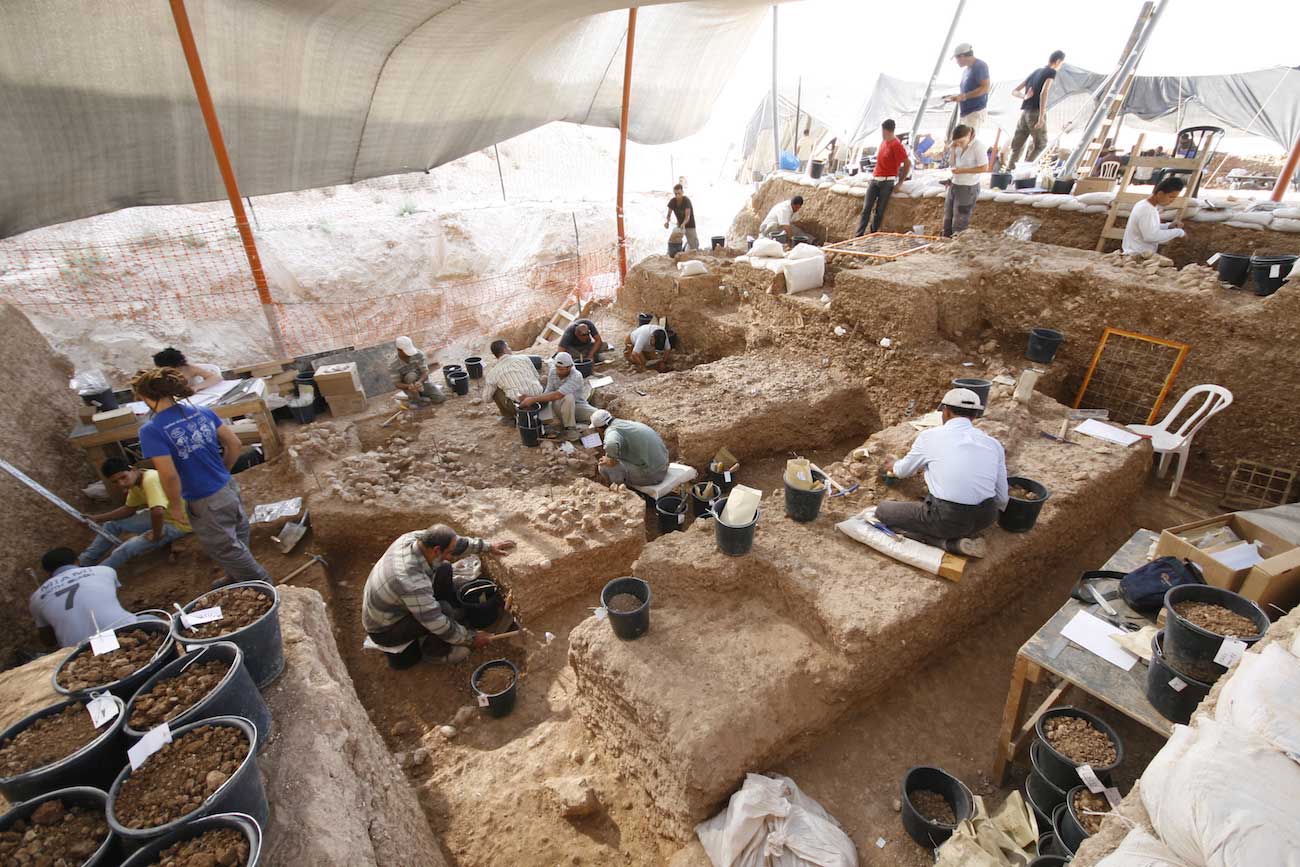Neandertals
Neandertal populations existed in the western part of Eurasia between 500,000 and around 40,000 years ago. They are among the best known fossil relatives of humans, and DNA evidence shows that some Neandertals were among the ancestors of people today.
Eclipses for the ancestors
Culture shapes our experience of these astronomical events, and would have done so for Neanderthals and other ancestral hominins.

Vagrant birds and ancient human habitats
People killed the Carolina parakeet. An inquiry into their historic population range helps illustrate the challenges of understanding ancient human populations.
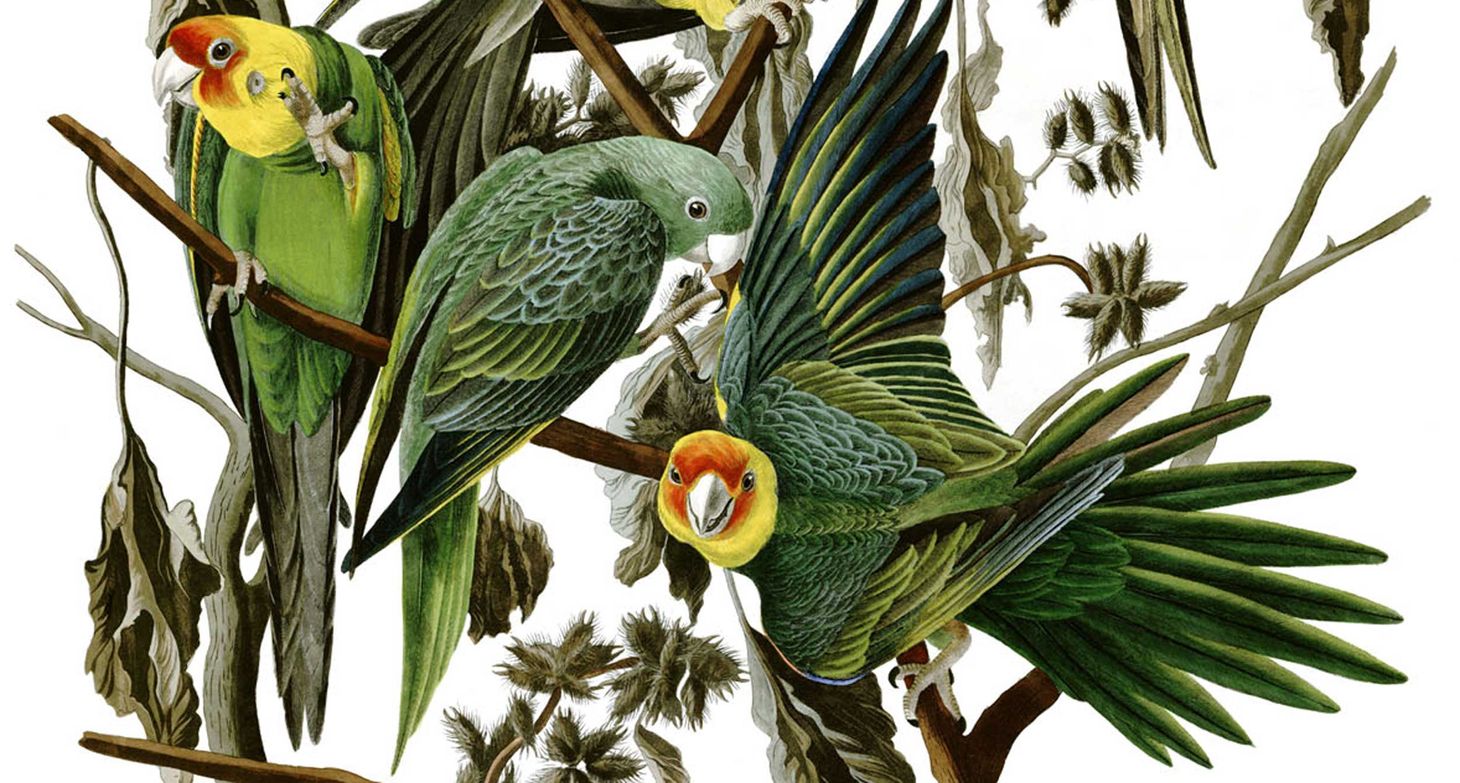
Top 10 discoveries about ancient people from DNA in 2023
This year's highlights include ways of finding ancient relatives, how some phenotypes evolved in ancient people, and trace evidence from artifacts.
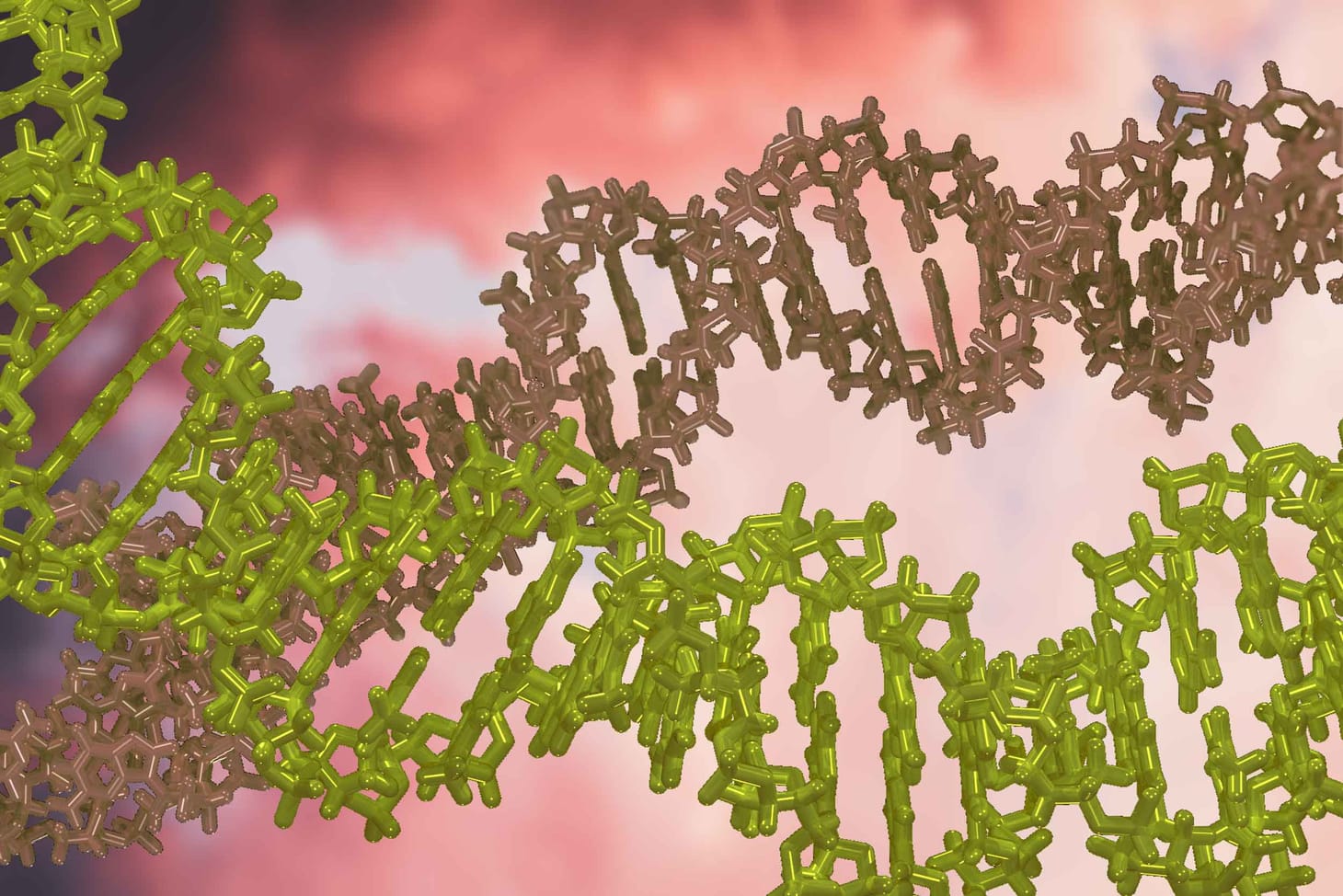
Climate models, Neandertals, and Denisovans
A new paper on biogeography of Neandertals and Denisovans raises ideas about the interactions of these groups.
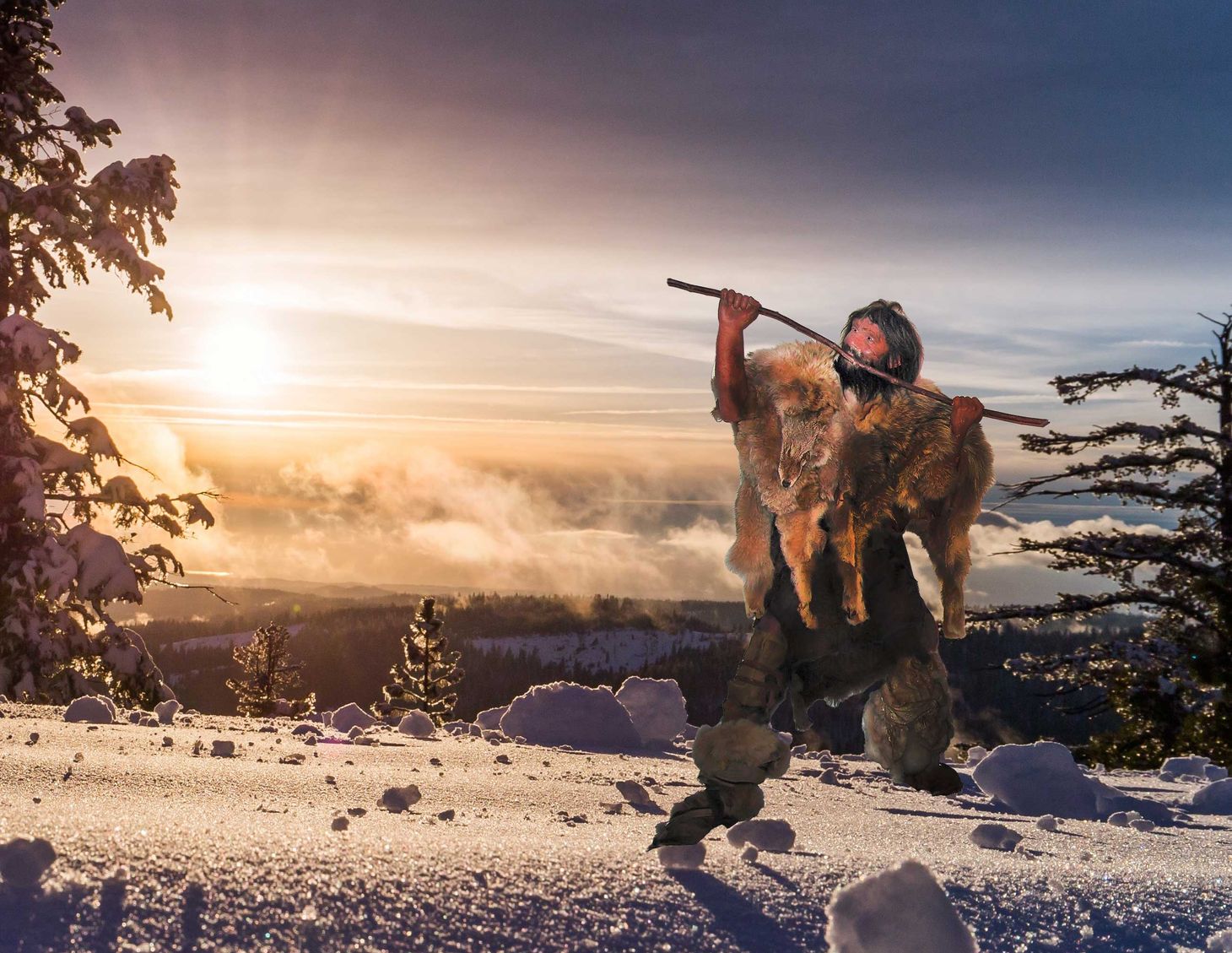
Debates about Neandertal cave art miss the point of their visual culture
Humans today live in visually rich environments, and it's increasingly clear that Neandertals shaped their visual environments also.

New evidence is revealing the ages of death, birth, and menarche in Neandertals
Analysis of dental cementum is yielding new insights into the ages when ancient people faced significant physiological stresses.
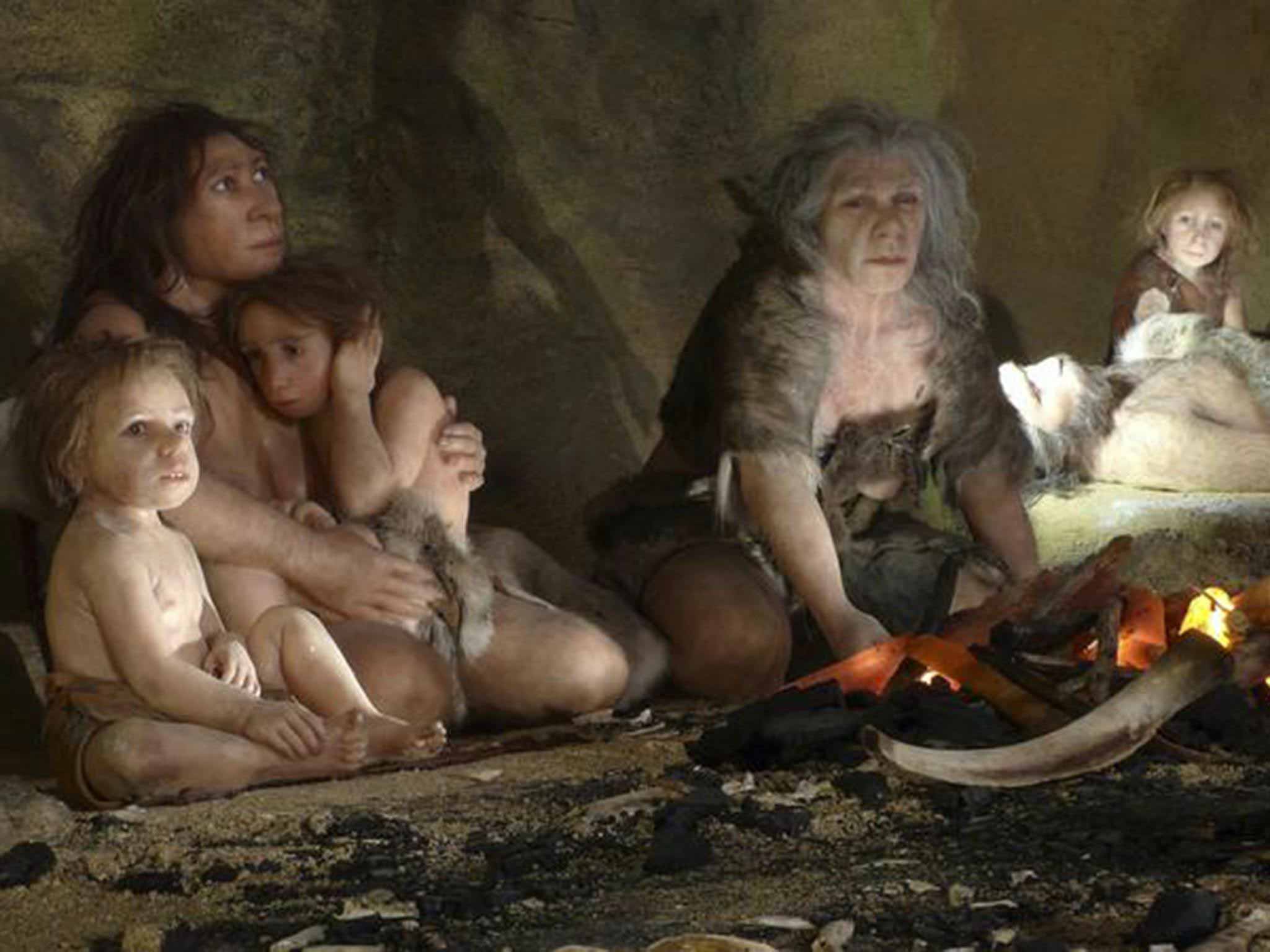
Many people have a little Neandertal in the brain. Does it matter?
Research has started to show the ways that introgressed genes from Neandertals affect brain shape in living people.

When did our ancestors start looking up to the stars?
Changes in the sky have been important to peoples throughout the world. That connection may go back much further than our species.

Ancient amputations tell remarkable stories of survival and care
A 33,000-year-old case of an amputated leg prompts comparisons to earlier Neandertal instances of amputation.
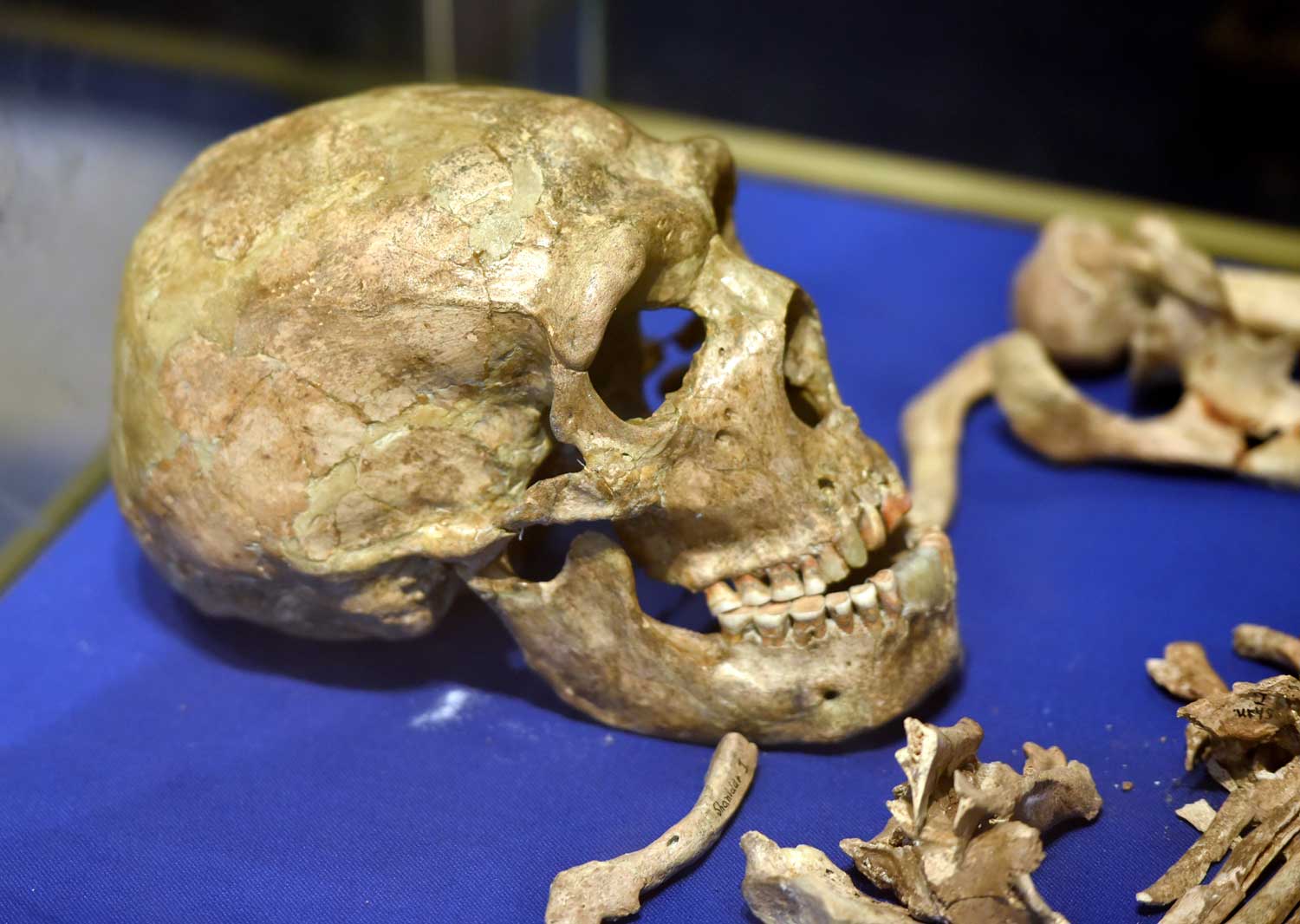
The Nesher Ramla site: a third way between Neandertals and modern humans?
Fragments representing people who lived just before Skhūl and Qafzeh seem outside the expectations for these “early modern humans” or for Neandertals.
